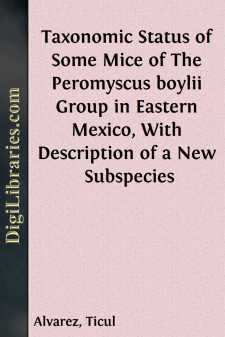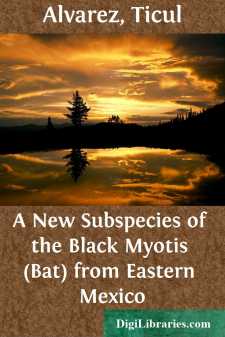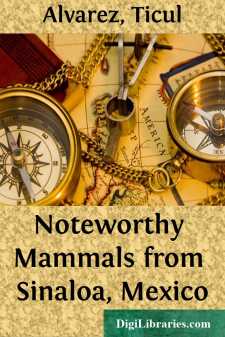Categories
- Antiques & Collectibles 13
- Architecture 36
- Art 48
- Bibles 22
- Biography & Autobiography 813
- Body, Mind & Spirit 142
- Business & Economics 28
- Children's Books 15
- Children's Fiction 12
- Computers 4
- Cooking 94
- Crafts & Hobbies 4
- Drama 346
- Education 46
- Family & Relationships 57
- Fiction 11829
- Games 19
- Gardening 17
- Health & Fitness 34
- History 1377
- House & Home 1
- Humor 147
- Juvenile Fiction 1873
- Juvenile Nonfiction 202
- Language Arts & Disciplines 88
- Law 16
- Literary Collections 686
- Literary Criticism 179
- Mathematics 13
- Medical 41
- Music 40
- Nature 179
- Non-Classifiable 1768
- Performing Arts 7
- Periodicals 1453
- Philosophy 64
- Photography 2
- Poetry 896
- Political Science 203
- Psychology 42
- Reference 154
- Religion 513
- Science 126
- Self-Help 84
- Social Science 81
- Sports & Recreation 34
- Study Aids 3
- Technology & Engineering 59
- Transportation 23
- Travel 463
- True Crime 29
Ticul Alvarez
Ticul Álvarez was a Cuban poet, essayist, and journalist, known for his contributions to Cuban literature and culture. His works often reflected deep nationalistic sentiment and explored themes of identity, history, and social justice. Among his notable publications are "Las Horas" and "Islas y Tesoros," which showcase his lyrical style and insightful reflections on Cuban life. Álvarez's writing remains influential in Cuban literary circles for its blend of poetic elegance and intellectual depth.
Author's Books:
Sort by:
by:
Ticul Alvarez
Saussure (1860) described Peromyscus aztecus from southern México. Osgood (1909) by comparison of one of Saussure's specimens with some from Mirador, Veracruz, concluded that aztecus was a subspecies of P. boylii. Dalquest (1953) incorrectly reported specimens of P. boylii from San Luis Potosà as P. b. aztecus. Merriam (1898) named Peromyscus levipes from Mt. Malinche, Tlaxcala. Thomas...
more...
by:
Ticul Alvarez
In 1928 when Miller and Allen (Bull. U. S. Nat. Mus., 144) published their revisionary account of American bats of the genus Myotis, the black myotis, Myotis nigricans, was known no farther north than Chiapas and Campeche. Collections of mammals made in recent years for the Museum of Natural History of The University of Kansas include specimens of M. nigricans from eastern Mexico as far north as...
more...
by:
Ticul Alvarez
In several of the past twelve years field parties from the Museum of Natural History have collected mammals in the Mexican state of Sinaloa. Most of the collections contained only a modest number of specimens because they were made by groups that stopped for short periods on their way to or from other areas, but several collections are extensive. Field work by representatives of this institution now is...
more...




